Ghana Slave Castle : A Journey Through the Door of Return
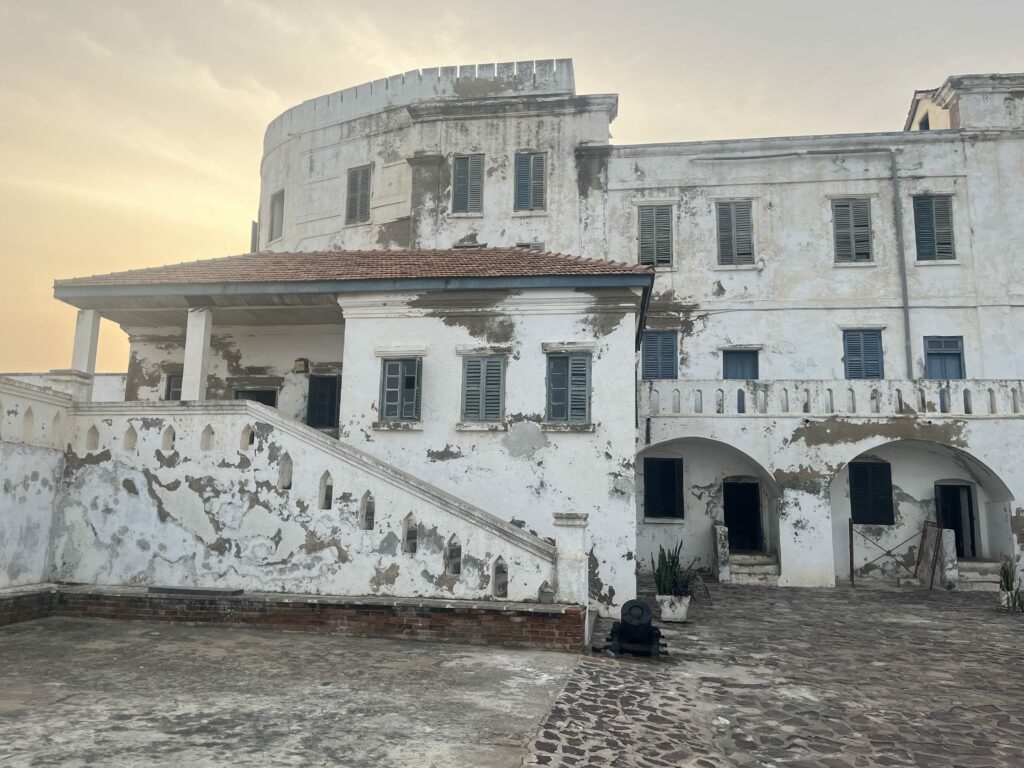
Listen below. Click “globe” for more languages.
People travel all over the world for many different reasons. Some like to take in historical sights, while others prefer to taste their way through a new place.
If you’ve read any of my other articles, you’ll know that I like to appreciate each location’s unique history. Don’t get me wrong — trying new food is one of the best parts of traveling. I just feel more connected to each place when I know part of their unique history, and that’s something taste can’t replace.
Most recently, I traveled to Ghana over the holidays with friends and family. I tried many foods like fufu, bofrot, and my personal favorite, Jollof! I sat in the notorious Accra traffic for too many hours to count, and I spent Christmas on the beach. But the most important thing I did was visit two Ghana’s slave castles: Cape Coast (cover) and Elmina.
Before we dive in, I want to express that this topic can trigger both readers and those who have also experienced the slave castles. For this reason, I have omitted many details and encourage you to visit or research this topic further.
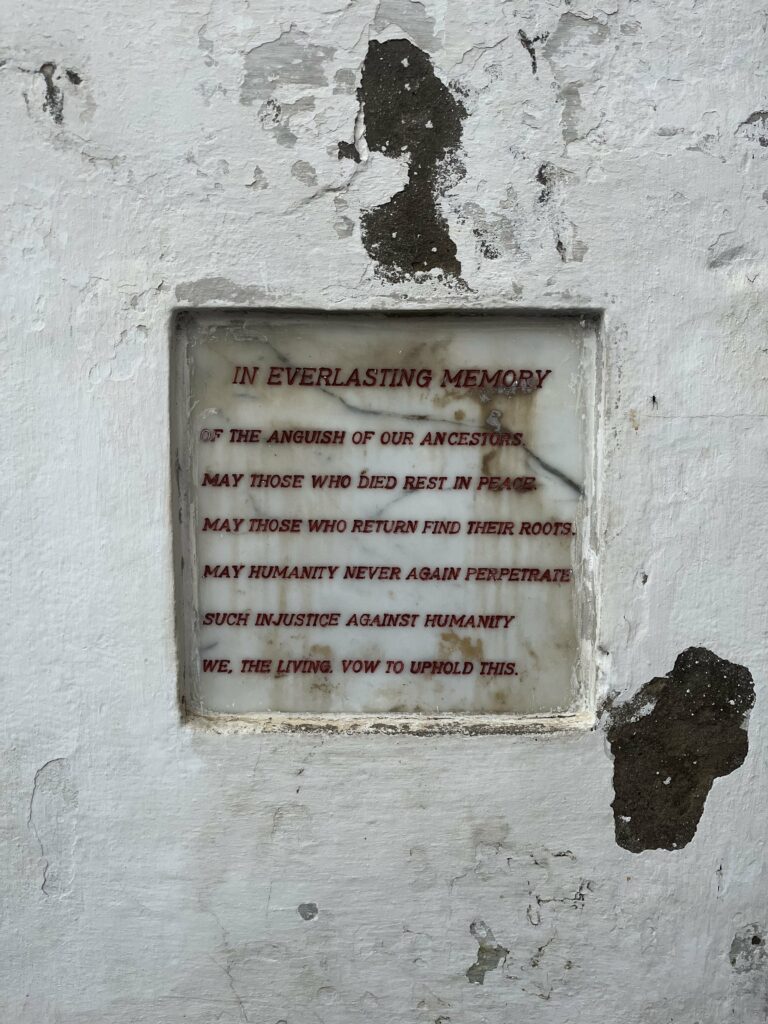
Ghana served as a hub during the transatlantic slave trade because of its coastline and geographic location in West Africa. Nearly 40 slave castles operated in Ghana alone. The slave traders brought in people from different African countries, but most of them spent their last moments on the continent in Ghana.
The slave trade occurred in three distinct parts. The first involved enslaving people and holding them in slave castles until the boats arrived to take them away. The second was the horrendous boat ride itself. The third focused on their experiences in whichever country they forcibly settled in.
As a student in the United States, we frequently learned about slavery in history or social studies courses. It was a very whitewashed version and only focused on the third part of the slave trade. Visiting the slave castles in Ghana provided me with a deeper understanding of the first stage that was previously lacking.
We started our day by driving about three hours west of Accra. We first stopped at Elmina, the lesser-known slave castles of the two. It is located on top of a hill right by a bustling market in a town with the same name.
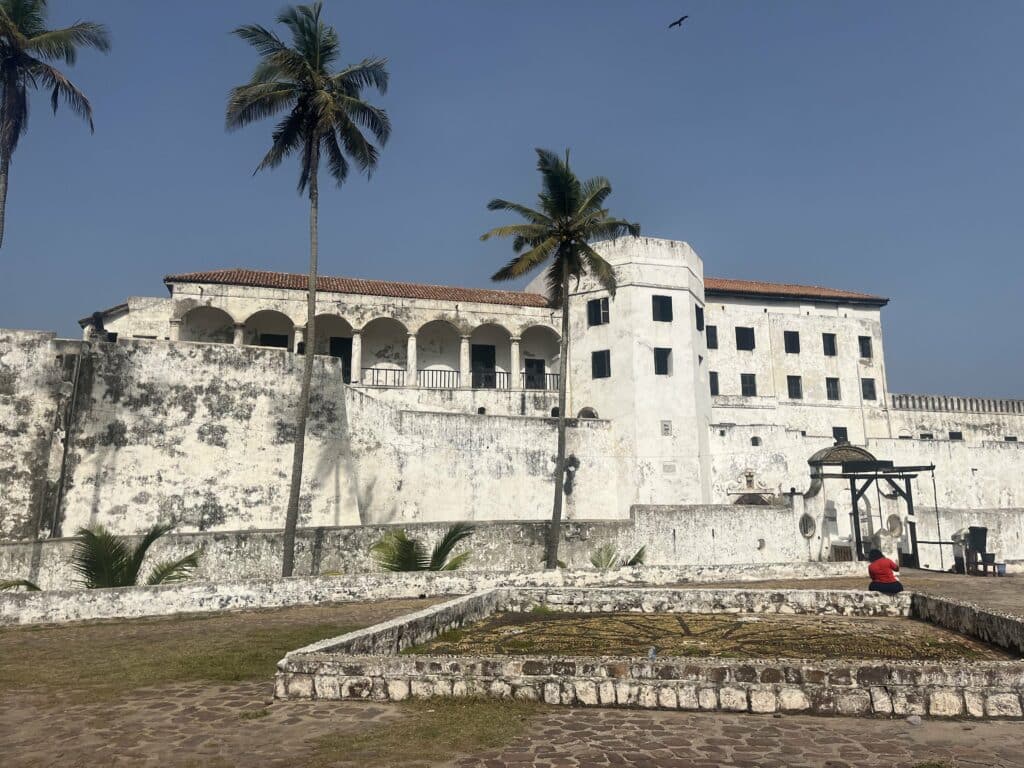
We entered and walked through a small museum covering the castle’s history. The Portuguese first opened the Elmina castle in 1482. The castle traded owners throughout the years, but the Dutch ultimately ended the slave trade at the castle in 1814, almost 350 years later (let that number sink in). It is the larger and older castle out of the two. Slave traders held enslaved people here for up to three months before they made the treacherous journey across the Atlantic.
At Elmina slave castle, the most striking juxtaposition was the chapel right next to the dungeons. The Portuguese held church services in the castle while they tortured people a stone’s throw away. They forced hundreds, if not thousands, of enslaved people into these tiny dungeons. They had nowhere to eat, sleep, or relieve themselves. The sounds of the waves taunted them right outside of the castle walls, but they rarely got to leave their cells. Diseases were rampant in these conditions. Abuse, sexual assault, and rape commonly happened. The capturers claimed that they needed only the strongest people to work in other countries. They used this excuse to justify the horrific conditions they forced people into.
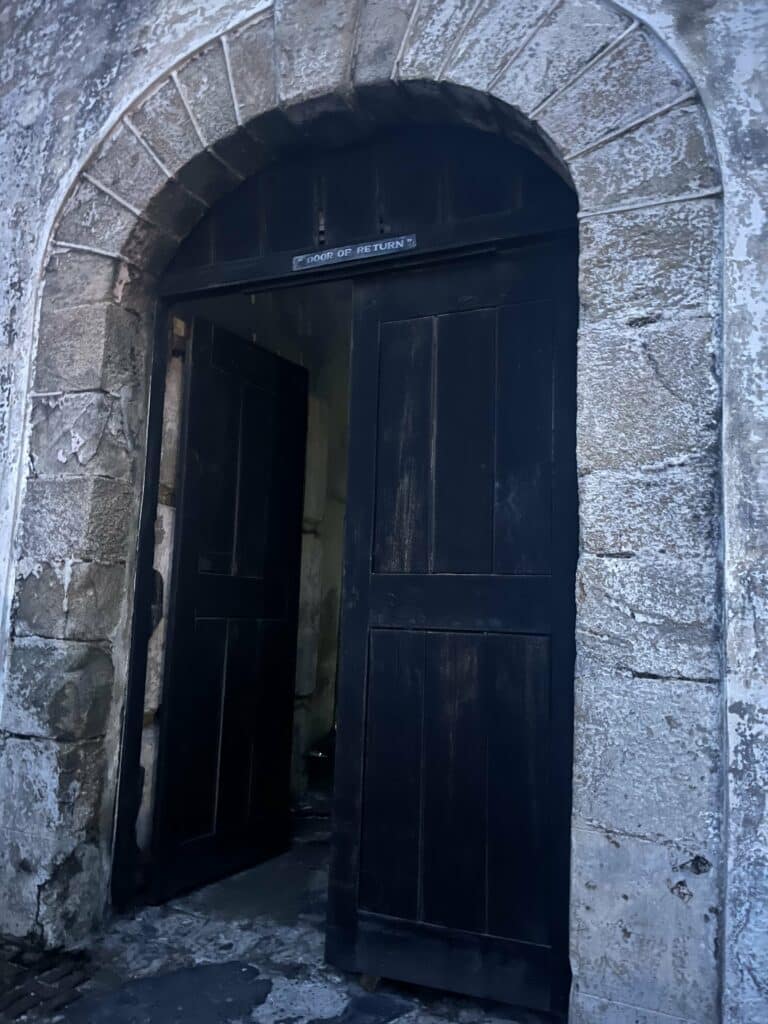
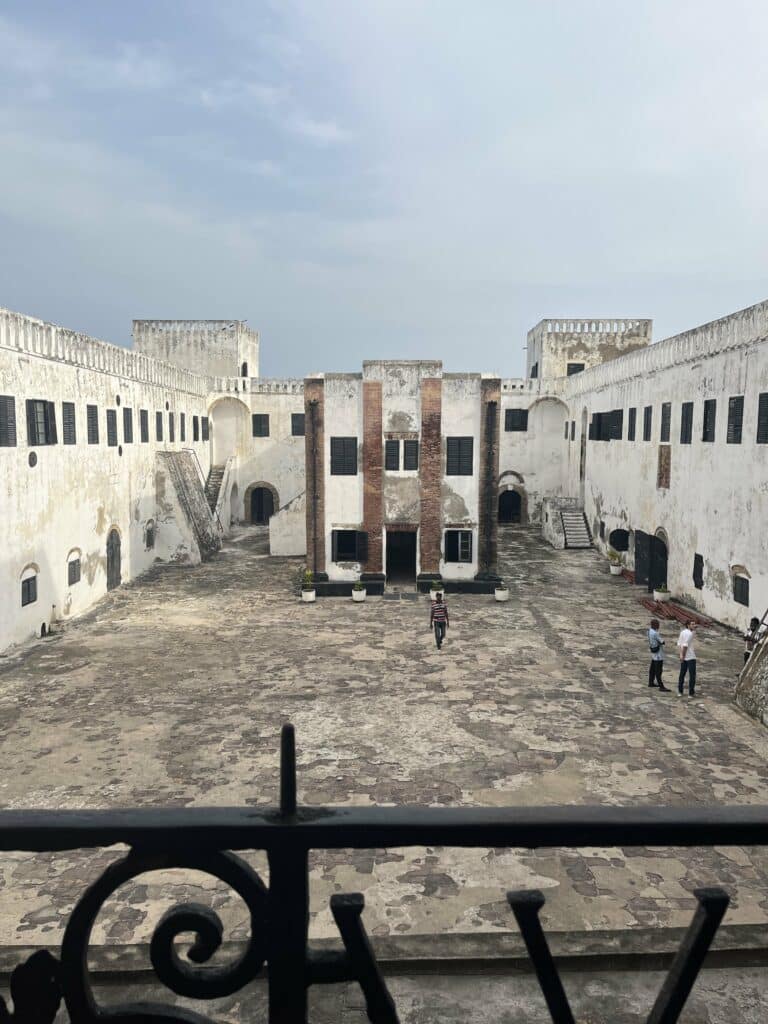
Only one in five enslaved people made it out of the castles alive. While those who survived received no reprieve once they left west Africa, that statistic sheds a light on the sheer magnitude of the slave trade. We now estimate that anywhere between 12-13 million enslaved people made the journey across the ocean, but that number only represents the 20% that made it to the second stage of the slave trade.
Much like Elmina, the Cape Coast slave castle also sits in the heart of a bustling area. It’s the more famous of the two, but both house dark histories.
Personally, Cape Coast struck a nerve. The dungeons at the castle were completely underground. At Elmina, some of the dungeons received sunlight and some open air. That wasn’t the case at Cape Coast slave castle. These dungeons only had a tiny slit that let in a sliver of light, forcing people to live in the dark. The living conditions were unfathomable.
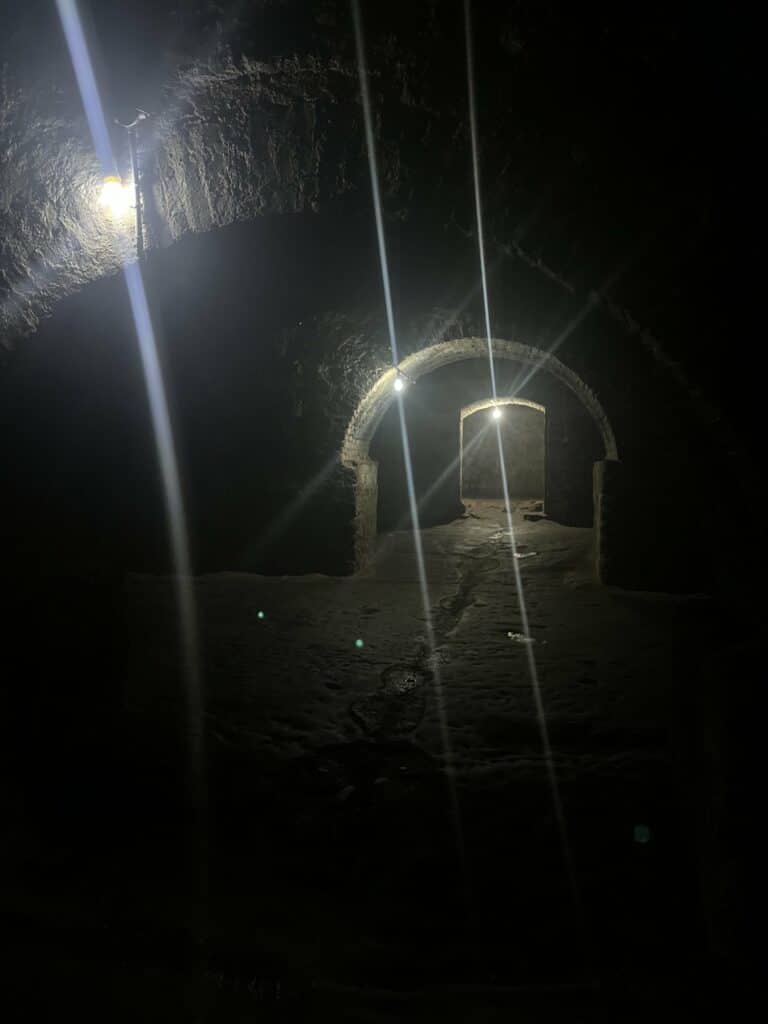
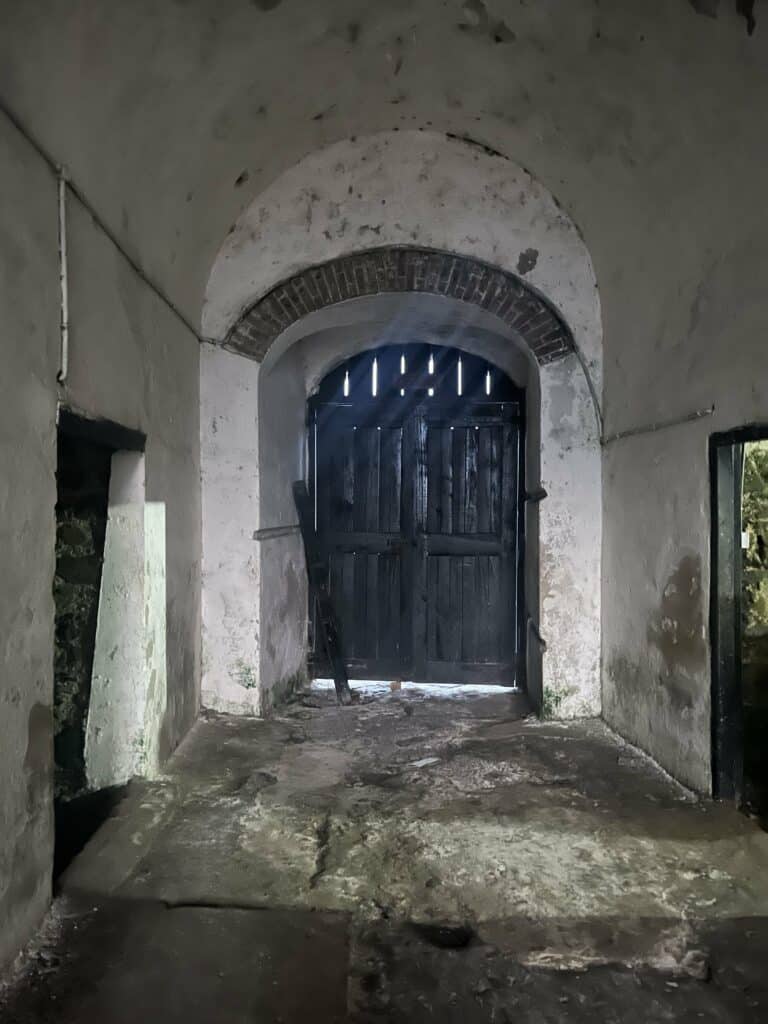
Despite the heaviness of the experience, I also felt slivers of hope at Cape Coast. The castle has a Door of No Return. This was the last place every enslaved person walked before forcibly boarding the ship. It’s such a dark part of the castle, but descendants of enslaved people have since started to reclaim its history. Many members of the West African diaspora have since returned to the castle and entered through the Door of Return. Renaming the door is part of the efforts to connect Africa with its diaspora. Even in the darkest of places, there are still glimmers of hope.
I don’t have adequate words to fully articulate these experiences. They offered insight into a very dark part of history that is too often overlooked, served as grim reminders as to what humans are capable of, and honored the resilient enslaved people at all stages of the trade.
These visits were similar to my experience at Auschwitz. You are faced with extremely mixed emotions, including:
- Grief while thinking about everything these people had to go through.
- Disbelief while recognizing that you’re in the EXACT place where these atrocities occurred.
- Anger while wondering how anyone could treat other humans that way.
- Hope while hearing how descendants of enslaved people have reclaimed this history.
- Sadness while thinking how different history could have been.
Visits like these are a vital part of traveling, even though they take you on an emotional rollercoaster. We must honor, remember, and never forget those who lost their lives or were forced into slavery. History can’t be rewritten, but we can learn from it and do better.
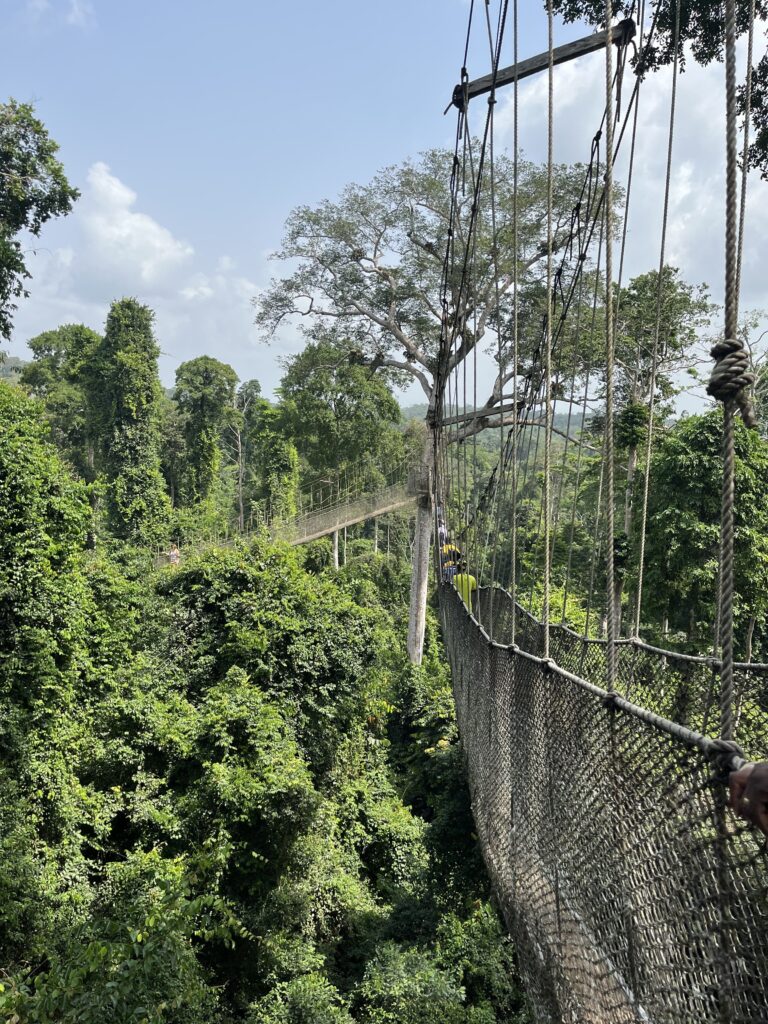
Book your stay in Cape Coast, Ghana
Use the interactive map below to search, compare and book hotels & rentals at the best prices that are sourced from a variety of platforms including Booking.com, Hotels.com, Expedia, Vrbo and more. You can move the map to search for accommodations in other areas and also use the filter to find restaurants, purchase tickets for tours and attractions and locate points of interest!

Rachel Flynn is a freelance writer from the United States who has spent the past 5 years exploring 20+ countries and 6 continents. She is passionate about exploring lesser-known places and trying new foods (the best part of travelling tbh). You can find her reading a book by the beach in Crete, drinking sangria in Malaga, strolling through the Christmas market in Krakow, or searching for the best cafes in Cape Town.
God bless you Rachel Flynn for writing and telling the truth. Your strength of empathy pours from your pen. Bruce H. Kennard
Found this article searching for a specific reference I read about for a slave ‘castle’ in Ghana, but I think there are many more than the one or two I’ve heard referred to. For any wondering, Clint Smith goes to one for his book How the Word Is Passed (highly recommend), and Omolola Ogunyemi produces a fictionalized account of one for her book Jollof Rice and Other Revolutions (also highly recommend).